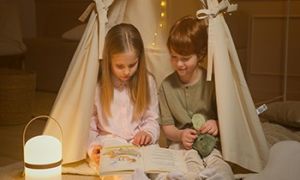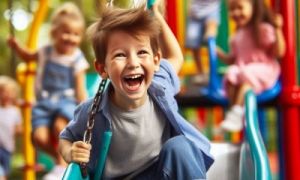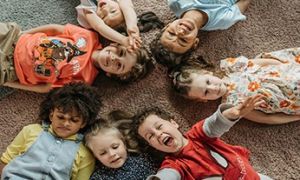Achieving EYLF Outcome 3: Children Have a Strong Sense Of Wellbeing, in the babies' room focuses on fostering a strong sense of well-being in infants. The following article provides information on Strategies To Achieve Outcome 3 With Babies, Goals For Babies To Acheive EYLF Outcome 3, Example Activities That Link With Outcome 3 For Babies, and more.
Strategies To Achieve Outcome 3 With Babies
-
Promote Physical Well-being
-
Encourage movement activities like tummy time, crawling spaces, and gentle stretching.
-
Provide healthy snacks and support early feeding routines.
-
Ensure adequate rest with a calm, soothing sleep environment.
-
-
Support Emotional Development
-
Use gentle interactions to build trust and security.
-
Help babies recognize and express emotions through facial expressions and simple words.
-
Offer comfort objects to ease transitions and separation anxiety.
-
-
Encourage Social Connections
-
Facilitate peer interactions through shared play experiences.
-
Model positive relationships by engaging warmly with babies.
-
Create a welcoming environment that reflects diverse cultures and family backgrounds.
-
-
Foster Self-Regulation and Resilience
-
Introduce mindfulness techniques like deep breathing and sensory play.
-
Support babies in managing frustration by offering reassurance and guidance.
-
Encourage independence through simple choices, like selecting toys or activities.
-
-
Create a Safe and Nurturing Space
-
Maintain a predictable routine to help babies feel secure.
-
Use soft furnishings and natural lighting to create a calming atmosphere.
-
Ensure safe exploration with age-appropriate materials and play areas.
-
-
Collaborate with Families
-
Share updates on babies' development and well-being.
-
Invite families to participate in activities and cultural celebrations.
-
Respect and incorporate family traditions into daily routines.
-
Goals for Babies to Achieve EYLF Outcome 3


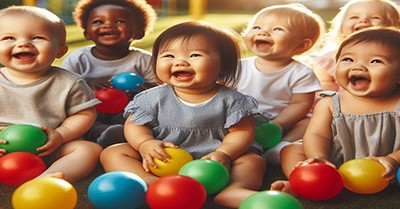
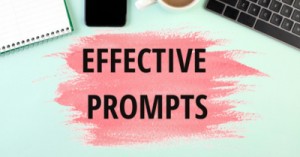

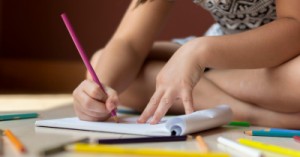
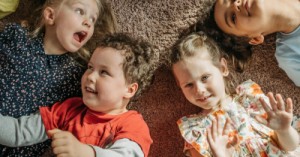
 Here is the list of the EYLF Learning Outcomes that you can use as a guide or reference for your documentation and planning. The EYLF
Here is the list of the EYLF Learning Outcomes that you can use as a guide or reference for your documentation and planning. The EYLF The EYLF is a guide which consists of Principles, Practices and 5 main Learning Outcomes along with each of their sub outcomes, based on identity,
The EYLF is a guide which consists of Principles, Practices and 5 main Learning Outcomes along with each of their sub outcomes, based on identity, This is a guide on How to Write a Learning Story. It provides information on What Is A Learning Story, Writing A Learning Story, Sample
This is a guide on How to Write a Learning Story. It provides information on What Is A Learning Story, Writing A Learning Story, Sample One of the most important types of documentation methods that educators needs to be familiar with are “observations”. Observations are crucial for all early childhood
One of the most important types of documentation methods that educators needs to be familiar with are “observations”. Observations are crucial for all early childhood To support children achieve learning outcomes from the EYLF Framework, the following list gives educators examples of how to promote children's learning in each individual
To support children achieve learning outcomes from the EYLF Framework, the following list gives educators examples of how to promote children's learning in each individual Reflective practice is learning from everyday situations and issues and concerns that arise which form part of our daily routine while working in an early
Reflective practice is learning from everyday situations and issues and concerns that arise which form part of our daily routine while working in an early Within Australia, Programming and Planning is reflected and supported by the Early Years Learning Framework. Educators within early childhood settings, use the EYLF to guide
Within Australia, Programming and Planning is reflected and supported by the Early Years Learning Framework. Educators within early childhood settings, use the EYLF to guide When observing children, it's important that we use a range of different observation methods from running records, learning stories to photographs and work samples. Using
When observing children, it's important that we use a range of different observation methods from running records, learning stories to photographs and work samples. Using This is a guide for educators on what to observe under each sub learning outcome from the EYLF Framework, when a child is engaged in
This is a guide for educators on what to observe under each sub learning outcome from the EYLF Framework, when a child is engaged in The Early Years Learning Framework describes the curriculum as “all the interactions, experiences, activities, routines and events, planned and unplanned, that occur in an environment
The Early Years Learning Framework describes the curriculum as “all the interactions, experiences, activities, routines and events, planned and unplanned, that occur in an environment